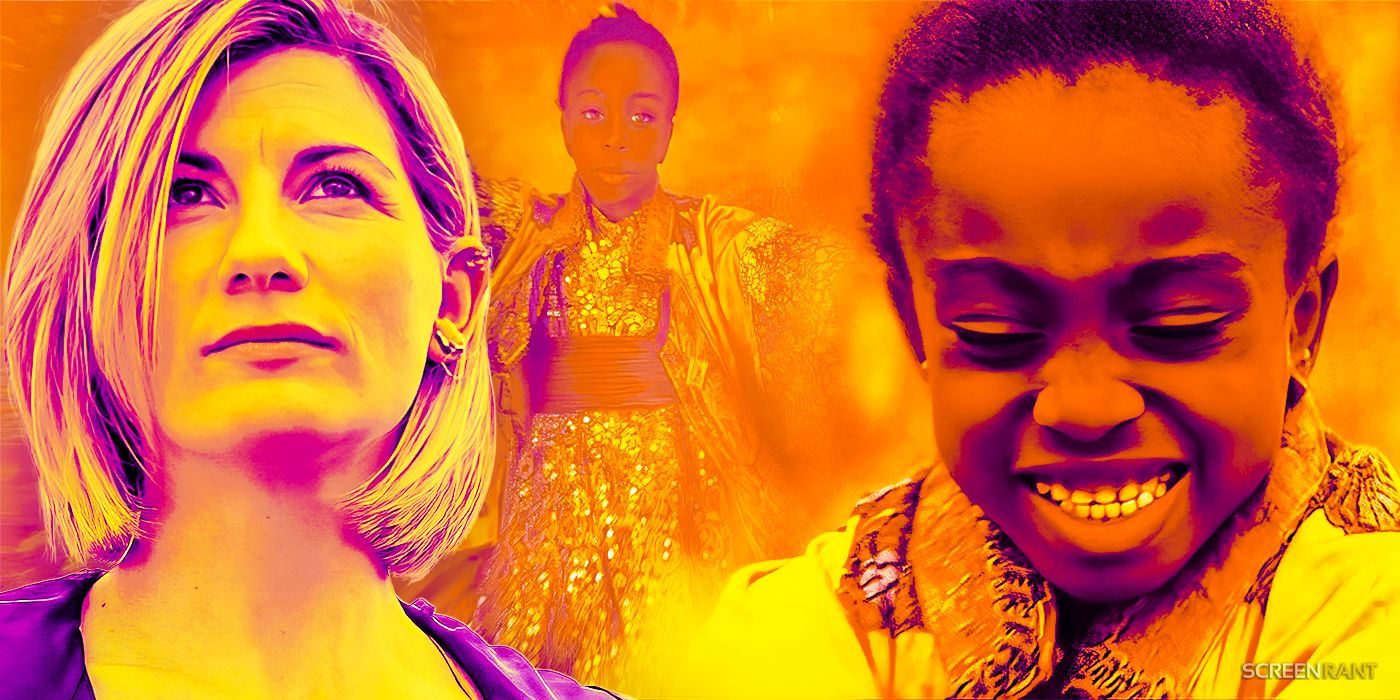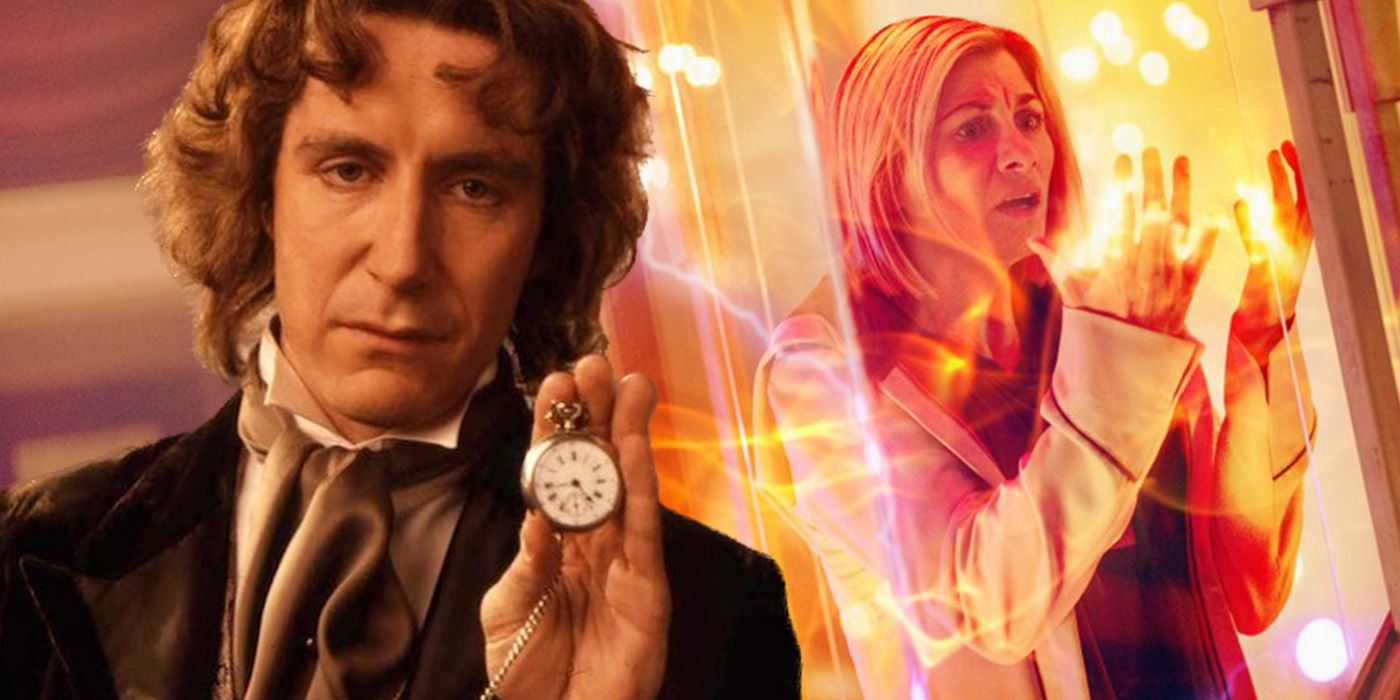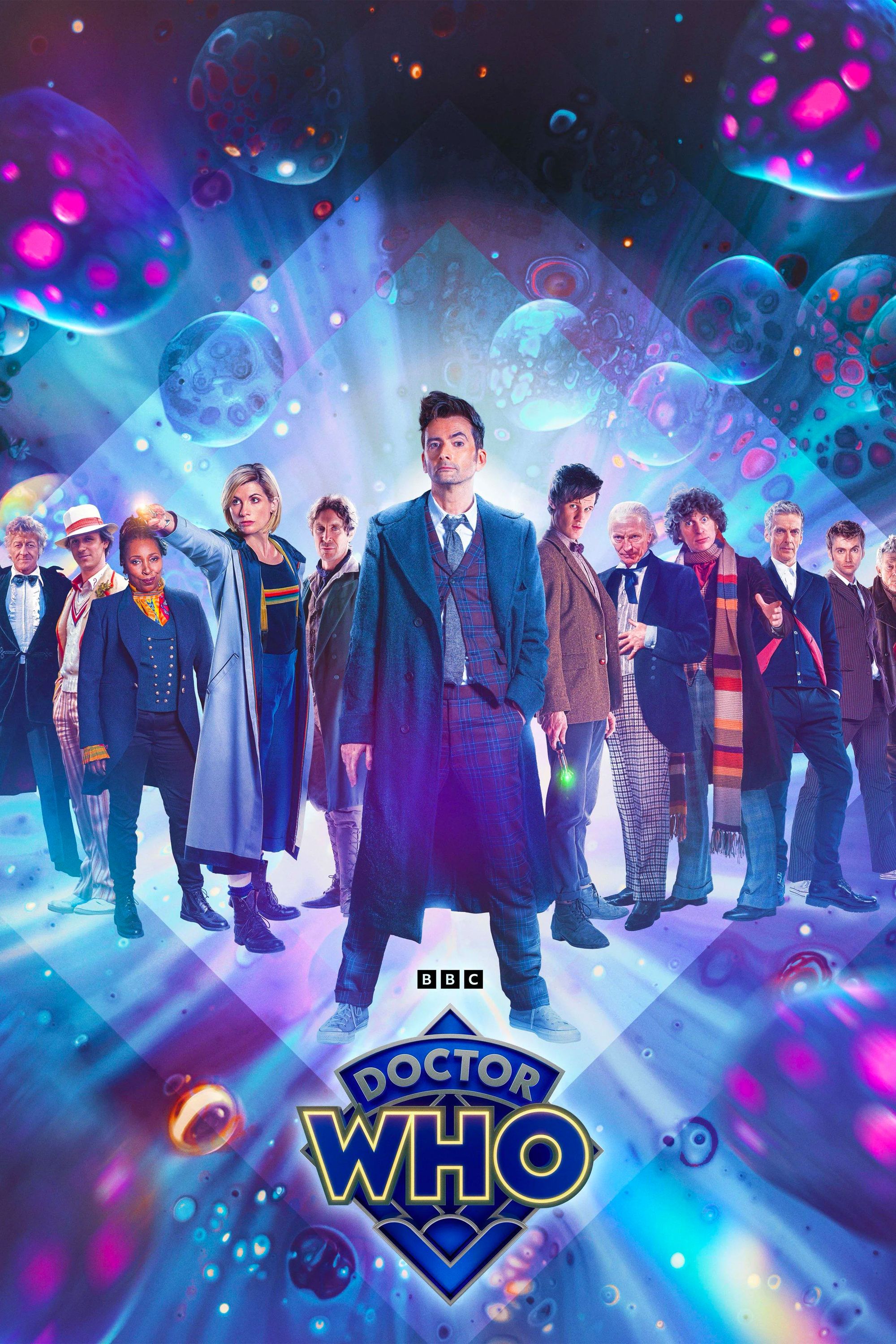Doctor Who has brilliantly solved the issue of its contradictory continuity, putting an end to the canon debate once and for all. Unsurprisingly, a TV show that began in 1963, pre-streaming and pre-social media, doesn’t all hang together as a cohesive narrative. It’s even less surprising when the central character in Doctor Who is an alien time traveler who regularly reminds their companions and the viewers at home, that “time is in flux.” Aside from real-world catastrophes, “fixed points” like the sinking of the Titanic or the destruction of Pompeii, all bets are off when it comes to canon and continuity in Doctor Who.
That hasn’t stopped fans arguing over what is or isn’t part of the established Doctor Who canon since the early days of fandom in the 1970s. Now, however, Russell T Davies has gifted Doctor Who with a handy coverall answer for inconsistencies in canon, courtesy of the Toymaker (Neil Patrick Harris). In “The Giggle”, the Toymaker informs the Fourteenth Doctor (David Tennant) that he used his powers to make “a jigsaw puzzle of your past.” However, rather than being a complete picture of Doctor Who continuity, the Toymaker’s jigsaw is a selection of mismatched pieces, effectively meaning that everything is canon.

RTD Just Explained Doctor Who’s Timeless Child With 1 Line Better Than Jodie Whittaker’s Whole Era
Doctor Who’s 60th anniversary special, “The Giggle,” retcons the Timeless Child, and the story given to David Tennant’s Fourteen makes more sense.
Doctor Who’s Continuity Has Always Been Confused & Confusing

Steven Moffat once told an audience at San-Diego Comic Con in 2008 that “It is impossible for a show about a dimension-hopping time traveler to have a canon,” and yet fans still try to tie it all together. Doctor Who continuity is deliberately confusing because never in anyone’s wildest dreams was it expected to run for over 60 years. Given that home video recording wasn’t widely accessible for over a decade of classic Doctor Who, it’s no surprise that some stories contradicted others. It’s why the destruction of Atlantis has been depicted multiple times in Doctor Who, and it’s why, ultimately, the task of tying together the show’s continuity is a fruitless one.
There have been various takes on the Doctor’s reasons for leaving Gallifrey over the decades, from stultifying boredom with a corrupt political system to fleeing political office, to fears over a prophecy of a terrifying hybrid. All of these explanations were true at the time, until the next showrunner interested in the Doctor’s origins decided to offer an alternative solution. Given that the show is called Doctor Who, the lead character will never 100% confirm or deny which version of the events is the cast iron truth, anyway. It’s why the BBC has specifically avoided dictating an official Doctor Who canon like the Star Trek and Star Wars franchises have.
This is particularly important given that, during the 1990s, Doctor Who existed almost exclusively in novels and comic strips. As a public service broadcaster, the BBC couldn’t explicitly state that the Doctor Who books – which were a consumer product – were part of the official canon. Similarly, because people had invested in following the adventures in the Virgin New Adventures and BBC books ranges, they couldn’t turn around and tell those readers that they’d completely wasted their time and money. It’s far easier to tacitly acknowledge that all Doctor Who spinoff media is canon, regardless of whether it contradicts what’s on-screen.
The Toymaker Just Explained All Doctor Who’s Continuity Errors
In the third and final Doctor Who 60th anniversary special, “The Giggle”, Neil Patrick Harris’ Toymaker tells the Doctor that they’ve made a jigsaw puzzle of the Time Lord’s past. In the in-vision commentary for “The Giggle”, showrunner Russell T Davies tells David Tennant and executive producer Phil Collinson that this is a way to open up Doctor Who canon. Rather than being a puzzle that the Doctor has to fit together to get a clear image of their history, it’s a jumble of disconnected pieces without a box. Interestingly, this echoes something that Doctor Who novelist and screenwriter Paul Cornell once spoke about in his blog:
Not giving a toss about how it all fits together is one of Doctor Who’s oldest, proudest traditions, a strength of the series.
By being able to blame all of Doctor Who‘s inconsistencies on Neil Patrick Harris’ Toymaker, Russell T Davies has freed things up for fans to make their own connections, if they so desire. The jumble of jigsaw pieces that make up the Doctor’s history could fit together to make them a Timeless Child, half-Human, both or neither. None of it matters, and it frees Doctor Who up to get on with the business of telling new stories, freed from the shackles of The Canon, as it embarks on the next 60 years.
The Giggle (& Its Novelization) Confirm Everything Is Canon
Even before the Toymaker and the Doctor confront each other, “The Giggle” subtly establishes that everything is canon. When the Fourteenth Doctor arrives at UNIT H.Q., he’s greeted by Kate Stewart (Jemma Redgrave) who mentions facing off against the classic Doctor Who monster, the Yeti. This hasn’t happened in officially televised Doctor Who, and so, is presumably a reference to the unofficial spinoff movie Downtime, which also featured the Brigadier (Nicholas Courtney) and Sarah Jane Smith (Elisabeth Sladen). Meanwhile, the novelization of “The Giggle” by James Goss, refers to the BBC book The Devil Goblins of Neptune featuring Jon Pertwee’s Third Doctor.
These references to supposedly non-canon Doctor Who adventures aren’t exclusive to “The Giggle,” either. In the 50th anniversary minisode The Night of the Doctor, Paul McGann’s Eighth Doctor referred to his Big Finish audio companions before regenerating. Doctor Who‘s historic bi-generation further expands the canon, allowing for brand-new adventures for classic Doctors, as teased in Tales of the TARDIS. Doctor Who no longer has to be a slave to the constraints of continuity, thanks to just one line from the Toymaker that enables a bold new era where literally anything and everything is possible.
Doctor Who returns to BBC One and Disney+ in May.

Doctor Who
Originally premiered in 1963, Doctor Who is a sci-fi series that follows a powerful being known as a Time Lord, referred to as the Doctor. Using an interdimensional time-traveling ship known as the TARDIS, the Doctor travels time and space with various companions as they solve multiple problems and help avert catastrophe as much as they almost cause it. Though the Doctor is always the same character, they experience regenerations, allowing them to be recast every few seasons as a unique immortal being with new personality traits.




